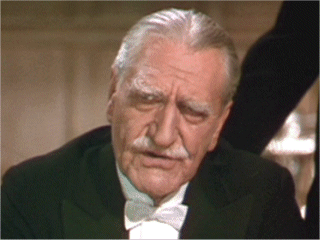Last week, I drove down to Naples, Florida, in order to have a two day sleepover at Victoria’s place. The husbands were away, and we planned to spend the time working on this blog and finalizing details of The Duke of Wellington Tour. I brought my laptop with me and we spent a few hours on arrival day working on our blog. And talking. And we had a few drinks. Then, before we knew it, the time had arrived to drive to Mercato, an upscale, outdoor shopping and entertainment venue close to Victoria’s condo. We had pre-arranged to meet my daughter, Brooke, at the English Pub, before going on to the movie theatre in order to see The Grand Budapest Hotel.
The Cinema has a full bar, below, where we purchased cocktails

Then join the staff at Mendl’s, Zubrowka’s premiere patisserie, as they show you how to make their legendary “courtesan au chocolat”, as enjoyed my M. Gustave and all those at The Grand Budapest Hotel.
Afterwards, we went to the Naples Flatbread and Wine Bar for dinner. And wine.
Then Victoria and myself went back to her condo, ostensibly to do some more work on the blog/tour, but in reality we just sat around our computers playing games (Victoria) and watching
Coronation Street (me) whilst drinking prosecco. I did work on my needlepoint while watching telly, if that counts at all.
On Friday morning, Victoria and I sat at our laptops and both logged onto Google Maps. We accessed Streetview and put our little yellow men onto St. James’s Street and began mapping out our route for the Walking Tour of St. James’s we’ll be hosting during our stay in London on the Wellington Tour. Of course, each of us quickly became side tracked – we toddled up St. James’s Street to St. James’s Place and peeked at Spencer House before visiting the Stafford Hotel. We Googled the menues for Brasserie St. Jacques and Franco’s in Jermyn Street. Then we strolled (virtually) up to Piccadilly and spent some time investigating The Albany. This, of course, necessitated more Googling, as well as much discussion and the reading of many articles about same on the internet.
At this point, we decided to make Bloody Mary’s and re-heat our food from last night for our lunch. However, before we could uncap the vodka, Victoria went into her bedroom only to find a gecko on the wall. I had just had this problem at my own house last week, so I instructed Victoria to get me a broom and together we chased the gecko up walls, behind furniture and across the carpeting. Finally, we trapped it beneath a small waste basket and slid a magazine under it in order to trap the gecko within. Of course the gecko escaped as we lifted the basket, so I pounced, grabbed the gecko up in my fist and ran outside with it.
Thus having averted a gecko crisis (Victoria would not have been able to sleep knowing there was a gecko in the bedroom with her), we rewarded ourselves with our famous Wake Up Crabby Bloody Marys.













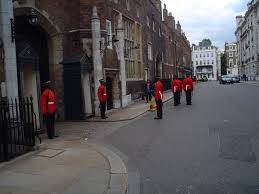




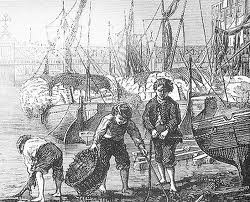
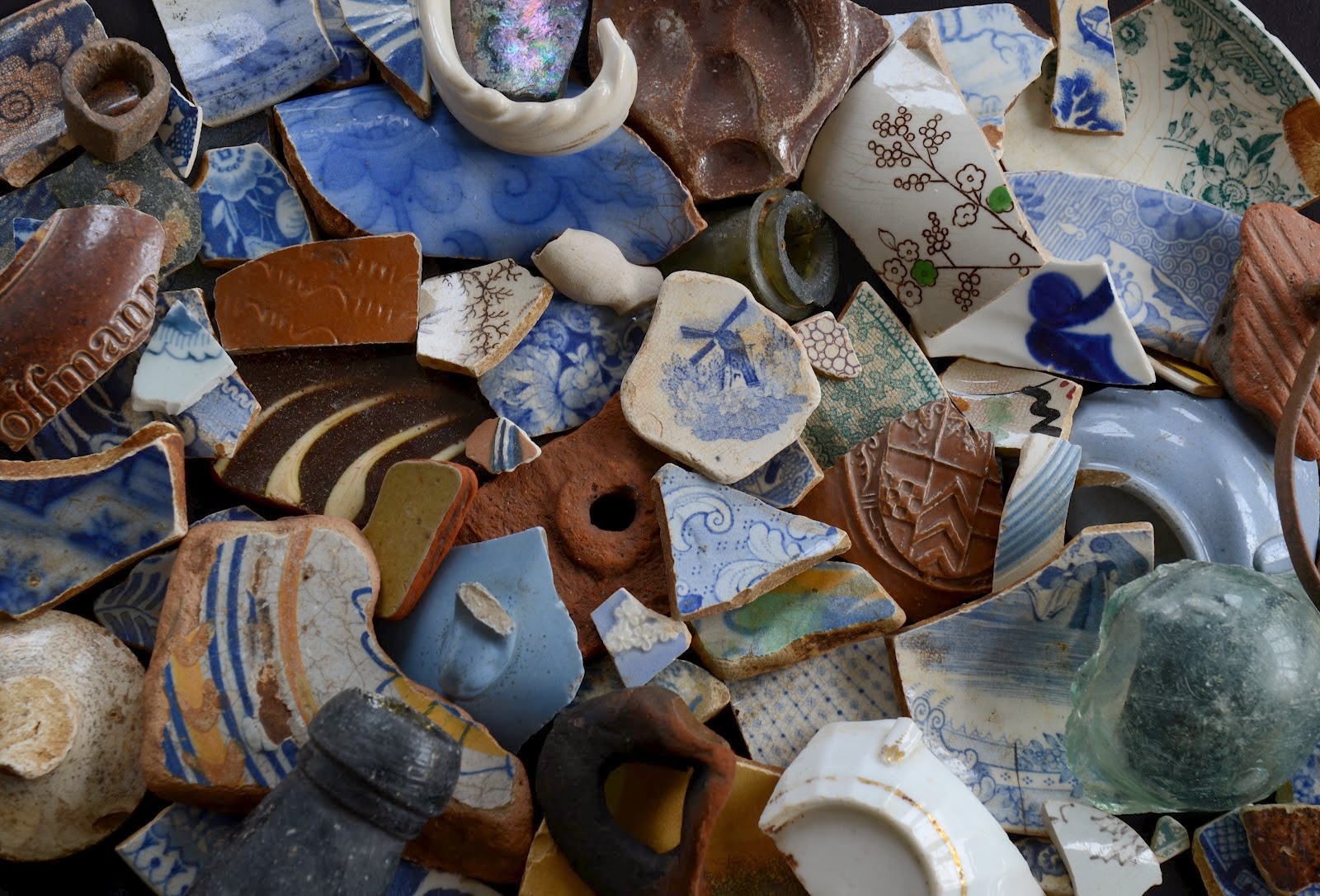


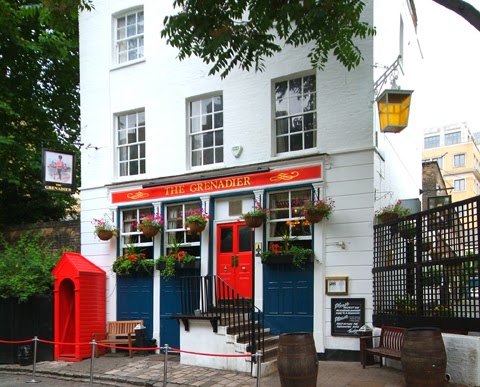

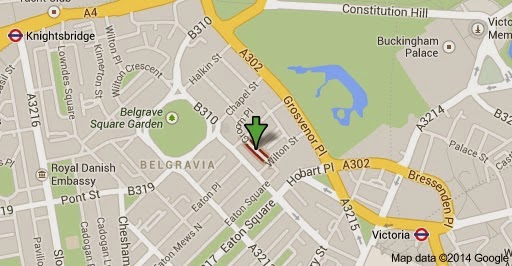





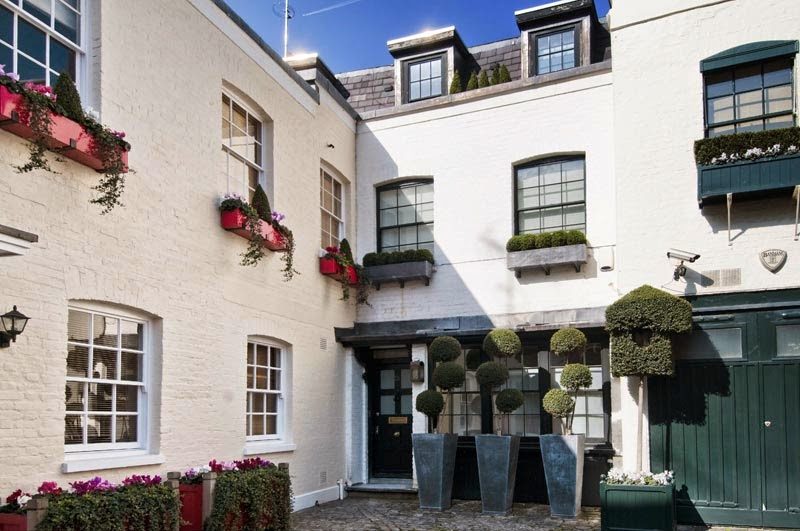
.jpg)



